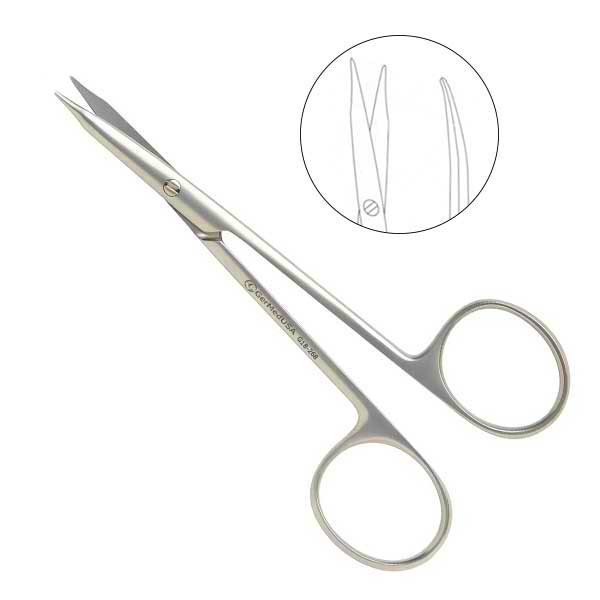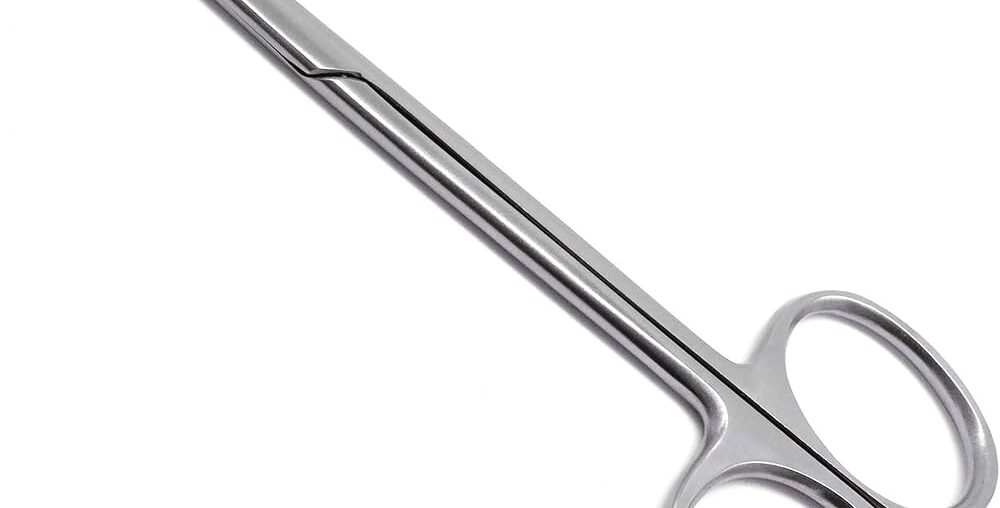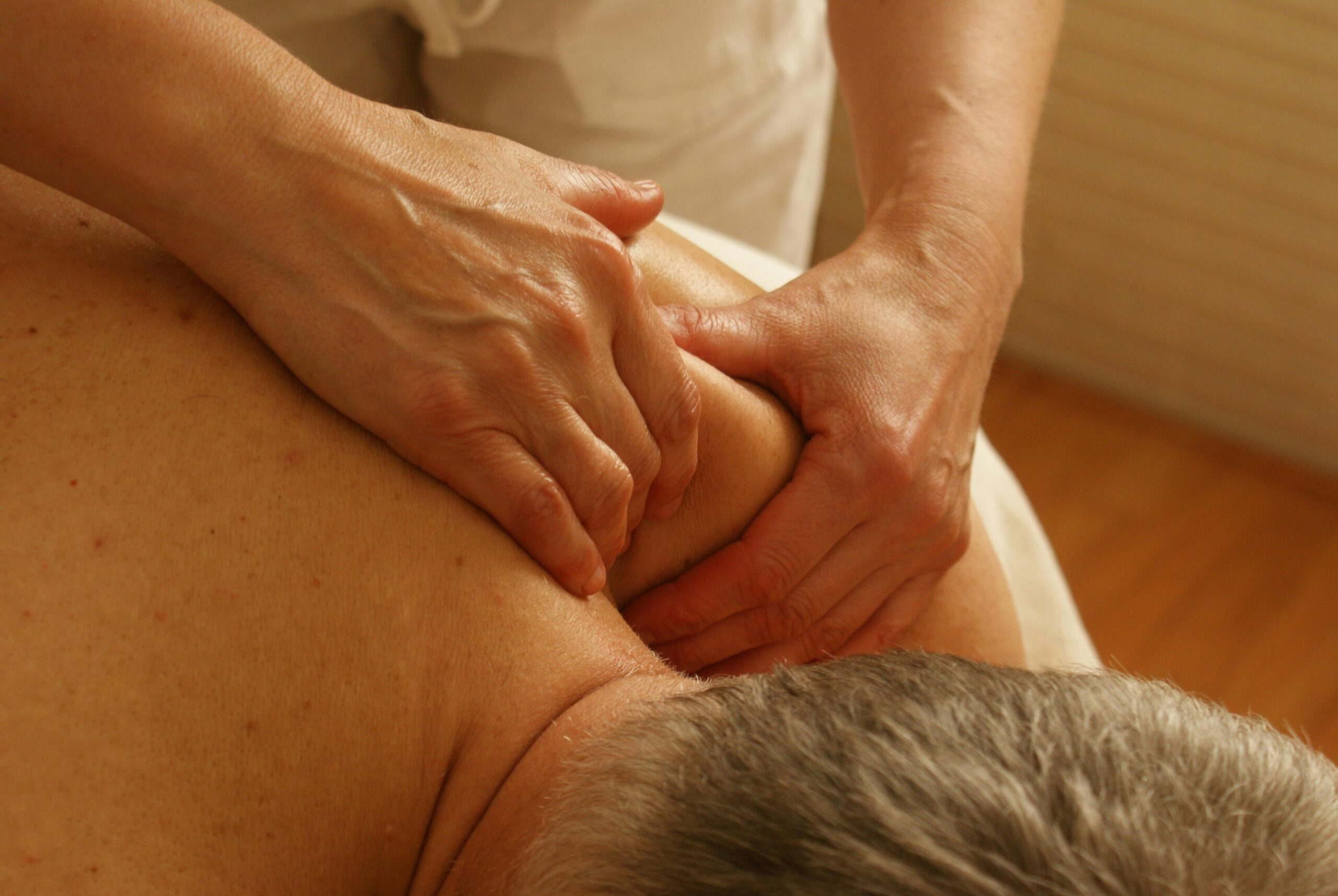Understanding Tenotomy Instruments: Precision Tools in Surgery
In the world of surgical procedures, accuracy, precision, and finesse play vital roles in delivering successful outcomes. Among the array of surgical tools, tenotomy instruments stand out as essential tools in operations that demand meticulous detail. These instruments are specially designed for cutting delicate tissues, tendons, and fine structures, predominantly in ophthalmic, plastic, and orthopedic surgeries. In this guide, we’ll dive into the different types of tenotomy instruments, particularly focusing on the Stevens scissors, delicate scissors, and tenotomy scissors each serving unique functions in the operating room.
What Are Tenotomy Instruments?
Tenotomy instruments are specialized surgical tools that enable precise and careful cutting, primarily utilized in procedures that require the severing or manipulation of tendons and other small tissues. Their design allows surgeons to execute intricate cuts without causing unnecessary damage to surrounding areas, preserving the integrity of the tissues around the targeted site.
These instruments come in various forms and sizes, tailored for different surgical needs. While some tenotomy instruments are multi-purpose, others are highly specialized to fit particular surgical scenarios. In this article, we will explore the different types of tenotomy scissors, discussing how they contribute to the precision and efficiency of surgical procedures.
Key Types of Tenotomy Instruments
When selecting tenotomy instruments, surgeons consider factors like tissue type, the extent of the incision, and desired precision. Here’s a closer look at three essential types of tenotomy scissors that are widely recognized and frequently used in medical practice.
Stevens Scissors: Precision in Detail
Stevens scissors are an integral part of tenotomy procedures. These scissors are characterized by their long handles and short, sharp blades, which allow for control and finesse during delicate incisions. Known for their pointed tips and slightly curved or straight blades, Stevens scissors provide unmatched accuracy, especially when working in tight, confined spaces.
Features and Benefits of Stevens Scissors
- Versatility: Stevens scissors are versatile instruments, often used in various fields beyond tenotomy, such as plastic and reconstructive surgeries.
- Control: The long handles of Stevens scissors offer excellent control, allowing the surgeon to maneuver the blades with minimal effort.
- Types of Blades: These scissors are available with both curved and straight blades, enabling surgeons to choose the best configuration for specific procedures.
- Precision for Delicate Tissues: Stevens scissors excel in working with delicate tissues, reducing the risk of accidental damage.
Because of their adaptability, Stevens scissors are often the first choice for surgeons who require a reliable instrument for incisions on small structures.

Delicate Scissors: Finely Tuned for Fragile Tissues
As the name implies, delicate scissors are designed specifically to handle fragile and sensitive tissues that cannot withstand the rigidity of standard surgical scissors. Delicate scissors are often used in microsurgery, where the slightest precision is required to achieve a positive outcome without damaging critical structures. The slim, lightweight design of delicate scissors makes them ideal for operations involving fine tissue layers, such as in ophthalmic or neonatal surgeries.
Advantages of Delicate Scissors
- Ultra-precise Cutting: Delicate scissors allow for exceptionally fine incisions, ideal for microsurgery and surgeries involving thin or sensitive tissue.
- Minimal Pressure Requirement: These scissors require minimal pressure, enabling the surgeon to perform precise cuts without exerting undue force.
- Reduced Tissue Trauma: Due to their precision, delicate scissors minimize trauma, leading to faster recovery and less postoperative discomfort.
- Variations for Different Procedures: Available in various lengths and blade shapes, delicate scissors cater to the unique demands of multiple types of surgeries.
Due to their highly specialized design, delicate scissors are less versatile than Stevens scissors, but they remain invaluable in procedures where tissue fragility is a primary concern.
Tenotomy Scissors: The Essential Tool for Tendon Cutting
Tenotomy scissors are, as the name suggests, specifically crafted for tenotomy procedures. Unlike the more generalized Stevens or delicate scissors, tenotomy scissors are primarily utilized to cut through tendons and muscles, making them a critical tool in orthopedic, plastic, and reconstructive surgeries. With either curved or straight blades, these scissors provide the leverage necessary to sever stronger, fibrous tissues.
explore more latest details about cosmetic surgery instruments
Key Features of Tenotomy Scissors
- Enhanced Cutting Power: Tenotomy scissors have robust blades capable of cutting through tough tendons and tissues without straining the hand.
- Curved and Straight Variants: The curved version allows for better access to challenging angles, while straight tenotomy scissors provide a direct cut.
- Ergonomics: With handles designed for prolonged use, these scissors ensure comfort and reduce fatigue during lengthy surgeries.
- Minimizing Collateral Damage: Tenotomy scissors are designed to cut cleanly and efficiently, minimizing the impact on surrounding tissues and promoting faster healing.
Orthopedic and plastic surgeons frequently rely on tenotomy scissors, as these instruments are tailored for procedures that require both precision and strength.
How to Choose the Right Tenotomy Instrument for a Procedure
Selecting the right tenotomy instrument for a surgical procedure depends on various factors, including tissue type, incision size, and specific surgical objectives. Here are some considerations to bear in mind:
- Procedure Type: For operations involving fragile tissues, delicate scissors are ideal, whereas tenotomy scissors are more suited to cutting denser, fibrous tissues.
- Surgeon’s Preference: Surgeons often develop a preference for specific scissors based on their familiarity and comfort with the instrument.
- Instrument Length and Shape: Shorter instruments may provide greater control, while longer instruments offer better reach for deeper or more complex surgical fields.
- Tissue Sensitivity: Consider the fragility of the tissue—using delicate scissors on sensitive tissue reduces trauma, while tenotomy scissors are necessary for tougher tendons.
Understanding these distinctions helps medical practitioners ensure they have the ideal tools to match each unique surgical requirement.

Importance of Maintenance and Care for Tenotomy Instruments
Proper care of surgical instruments like tenotomy scissors, Stevens scissors, and delicate scissors extends their longevity and maintains optimal performance. Here are some essential maintenance practices for these instruments:
- Regular Cleaning: Thorough cleaning after each use prevents residue buildup, which can dull the blades or damage sensitive parts.
- Sterilization: Proper sterilization is vital to maintaining sterility and preventing cross-contamination.
- Sharpening and Alignment: Regularly checking the sharpness and alignment ensures that the instruments provide clean, efficient cuts every time.
- Storage in Protective Cases: Storing instruments in protective cases keeps them safe from accidental impacts and reduces the risk of damage.
By following these practices, healthcare professionals can maximize the durability and functionality of tenotomy instruments, ensuring safe and effective use over extended periods.
Conclusion
Tenotomy instruments, including Stevens scissors, delicate scissors, and tenotomy scissors, are indispensable tools in precision surgery. Each instrument serves a unique purpose, from handling the most fragile tissues to cutting through tough tendons and fibrous structures. Surgeons can achieve more successful outcomes by understanding their specific applications and selecting the appropriate tool for each surgical scenario.
For surgical practitioners, having a range of high-quality tenotomy instruments is essential to delivering patient-focused care with minimal tissue trauma and maximum precision. As advancements in medical technology continue, these tools will undoubtedly evolve, enhancing the field of precision surgery and supporting the medical professionals who rely on them every day.
FAQs
What is the purpose of tenotomy instruments?
Tenotomy instruments are specialized surgical tools used to cut delicate tissues and tendons with precision, often in procedures that require intricate incisions.
How are Stevens scissors different from tenotomy scissors?
Stevens scissors are versatile and have long handles for control in delicate areas, while tenotomy scissors are designed to cut through tougher, fibrous tissues like tendons.
Why are delicate scissors used in microsurgery?
Delicate scissors are ideal for microsurgery due to their lightweight design and precision, making them perfect for handling fragile tissues with minimal trauma.
Can tenotomy scissors be used for all types of tissue cutting?
Tenotomy scissors are best suited for cutting tendons and fibrous tissues. They may not be appropriate for highly sensitive or fragile tissues.
What is the benefit of curved versus straight scissors in surgery?
Curved scissors allow surgeons to reach challenging angles, while straight scissors are ideal for direct, precise cuts.
How should tenotomy instruments be cared for?
Regular cleaning, sterilization, and proper storage are essential to maintaining the longevity and effectiveness of tenotomy instruments.



